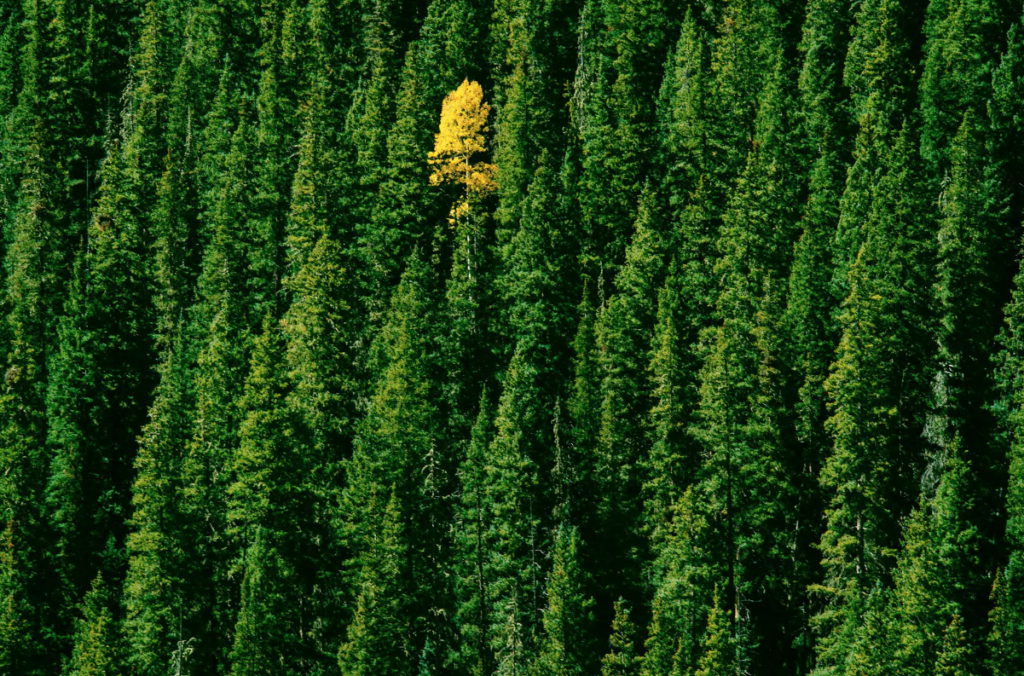The study of Penn State University is published in PNAS
(sustainabilityenvironment.com) – The more the temperature of the Planet increases, the more difficult the trees to absorbing and storing CO2. This means that the role of “buffer” concerning the concentration of carbon dioxide weakens, leading in turn to an increase in global warming. This situation occurs in a warmer and drier climate since the photorespiration capacity of the plants is profoundly modified, a process used to limit the loss of water but at the same time limits the absorption of CO2.
“We found that trees in warmer, drier climates essentially cough instead of breathing” explains Max Lloyd, assistant professor of geoscience research at Penn State University and principal author of a study published in Proceedings of the National Academy of Sciences (PNAS). “They are putting CO2 back into the atmosphere much more than trees in cooler, wetter conditions”.
When do trees stop absorbing and storing CO2?
The team of researchers measured the variations in the process of photorespiration taking as a benchmark some compounds that are found in the wood tissue. Under optimal conditions, trees can be Absorbing and storing CO2 through photosynthesis. When these conditions vary, the plant releases CO2 instead. While the rate of absorption of CO2 varies naturally depending on whether or not there is light and the season, the changes observed by researchers concerning photorespiration are abnormal.
In conditions of higher than normal temperature, the study found that the rate of photorespiration is up to 2 times higher than that of trees in milder climates. This value is further influenced by the availability or not of water: in a drier climate, the release of CO2 into the atmosphere increases. The temperature threshold beyond which it begins to accelerate the photorespiration, in the subtropical climates, is around the 20 percentile C of daily average. And the acceleration is the higher the temperature.
“We have unbalanced this essential cycle,” Lloyd continues. “Plants and climate are inextricably linked. The largest collection of CO2 from our atmosphere is the photosynthesis of organisms. It is a large knob on the composition of the atmosphere, so this means that small changes have a big impact”. About 25% of the carbon dioxide released into the atmosphere by human activities is now absorbed and stored by plants. A percentage that could decrease significantly with the increase in global warming.

